 It’s summer time and one of the great joys of the season is all of the fresh produce and bright assortment of flowers that are available at this time of year. In Lake Oswego these can be found in abundance at the local Farmer’s Market. Located in Millenium Plaza Park on Lake Oswego’s East side, the market is open on Saturdays from 8am to 1pm, mid May to the end of October. There is free parking and even doggie daycare (dogs are not allowed in the market).
It’s summer time and one of the great joys of the season is all of the fresh produce and bright assortment of flowers that are available at this time of year. In Lake Oswego these can be found in abundance at the local Farmer’s Market. Located in Millenium Plaza Park on Lake Oswego’s East side, the market is open on Saturdays from 8am to 1pm, mid May to the end of October. There is free parking and even doggie daycare (dogs are not allowed in the market).
Arrive hungry because there is so much good food to eat. My personal favorite are the huge omelets that are made by Philly’s Fat Omelets and Breakfast Burritos. They are large and stuffed with an assortment of options that you choose. Topped off with their wonderful salsa, it is something that my mouth starts watering over the minute I wake up on Saturday mornings. You will also find cinnamon rolls that are baked and sold by the Lake Oswego Adult Community Center, fresh squeezed juices, Kettlecorn, freshly made pies and breads, as well as a wide variety of lunch fare such as La Vang’s salad rolls, and a booth offering Middle Eastern cuisine.
 Numerous farms bring their crops to the market. You’ll find all sorts of fruit and produce. Especially abundant are the berries: strawberries, blue berries, and black berries. There are vendors who sell just organic lettuce, and vendors who sell not only tomatoes, but tomato plants too. There are booths run by local nurseries so that you can purchase plants for your own garden. I have also seen a table set up by local master gardeners where you can ask experts your gardening questions.
Numerous farms bring their crops to the market. You’ll find all sorts of fruit and produce. Especially abundant are the berries: strawberries, blue berries, and black berries. There are vendors who sell just organic lettuce, and vendors who sell not only tomatoes, but tomato plants too. There are booths run by local nurseries so that you can purchase plants for your own garden. I have also seen a table set up by local master gardeners where you can ask experts your gardening questions.
Complimenting the fresh produce and good food, you will find an assortment of other vendors. Craft cheese makers, organic meats, and smoked salmon, are a few worth mentioning. And then there are a several artisans mixed in with unique items such as lavender soap and hand crafted jewelry.
Fresh flowers are sold in abundance by several flower growers. They are sold very inexpensively, and you will enjoy the luxury of fresh-cut flowers in your home without having to sacrifice them from your own garden. You can even pick and choose your own bouquet to get exactly the color assortment that you prefer.
While you are eating and shopping there is usually live music being performed on the park stage. There are numerous tables set up to enjoy your meal while you enjoy the music.
It is truly a community gathering place. I don’t know what the attendance is each week, but it is wildly popular and something that many people look forward to as a feature of summer living. I know that I love it and I think that you will as well.

 The City of Lake Oswego has developed quite a reputation for its amazing displays of flowers. Flowers are everywhere: hanging in baskets, in the meridians of roads, in the round abouts, and along pathways and around intersections. Everywhere you turn in the summer months is an absolute feast of color.
The City of Lake Oswego has developed quite a reputation for its amazing displays of flowers. Flowers are everywhere: hanging in baskets, in the meridians of roads, in the round abouts, and along pathways and around intersections. Everywhere you turn in the summer months is an absolute feast of color. I have to give credit for a large part of the City’s strong interest in flowers to one of the City’s former mayors, Bill Gerber. Bill loved this City. He owned a nursery in Lake Grove called Gerber Gardens. He toured the world looking at gorgeous gardens and brought his love of gardens home to Lake Oswego. It was through Bill’s efforts that Lake Oswego entered into, and won, the America in Bloom competition.
I have to give credit for a large part of the City’s strong interest in flowers to one of the City’s former mayors, Bill Gerber. Bill loved this City. He owned a nursery in Lake Grove called Gerber Gardens. He toured the world looking at gorgeous gardens and brought his love of gardens home to Lake Oswego. It was through Bill’s efforts that Lake Oswego entered into, and won, the America in Bloom competition.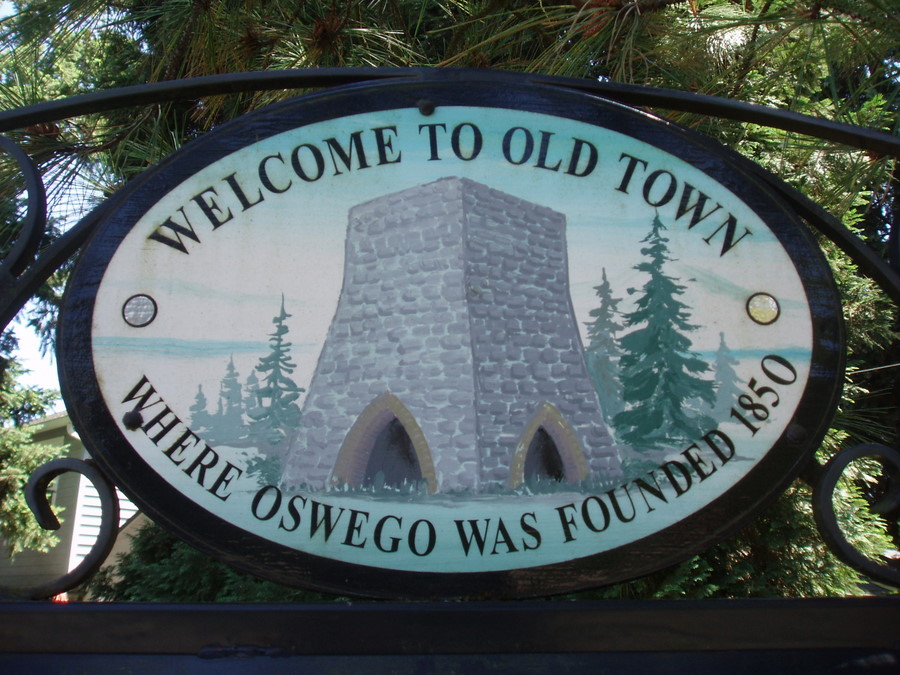
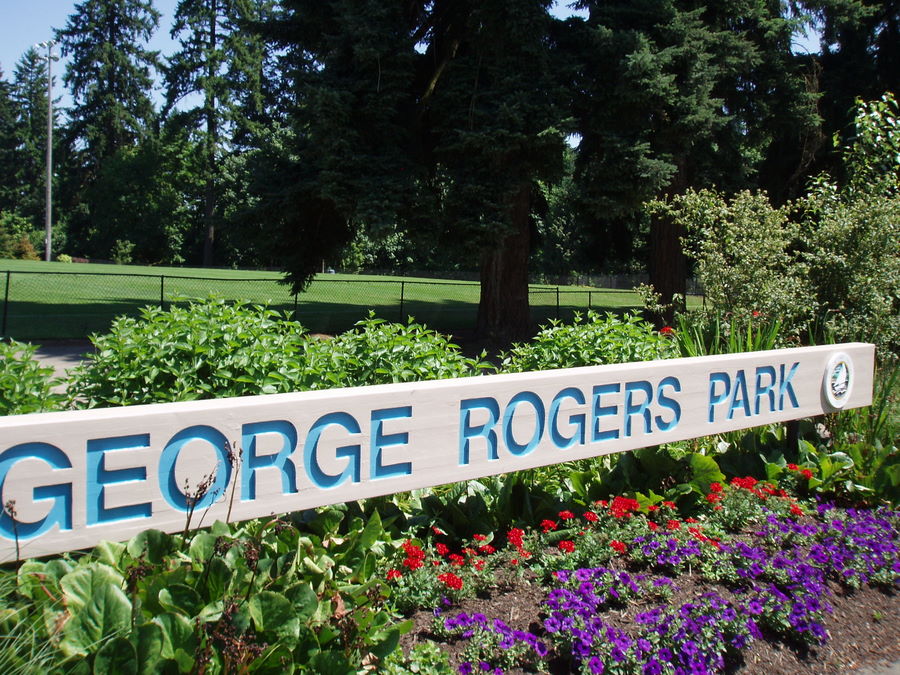







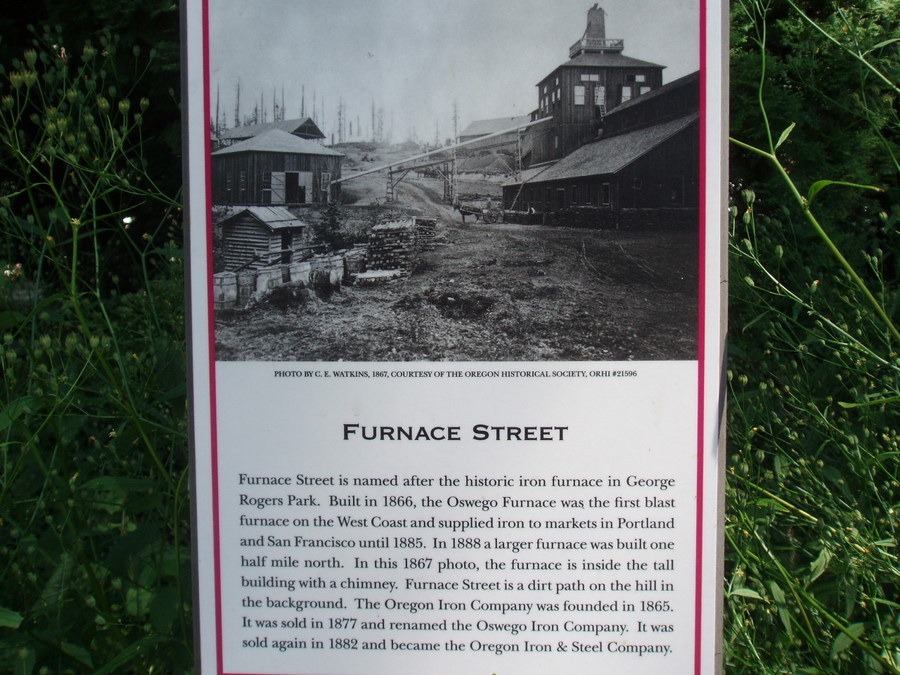









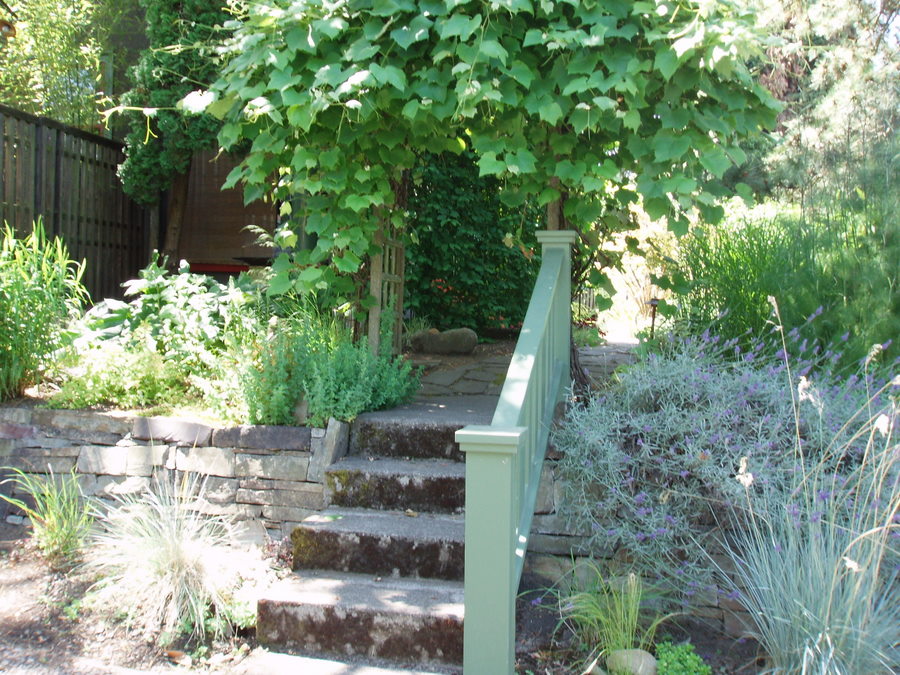




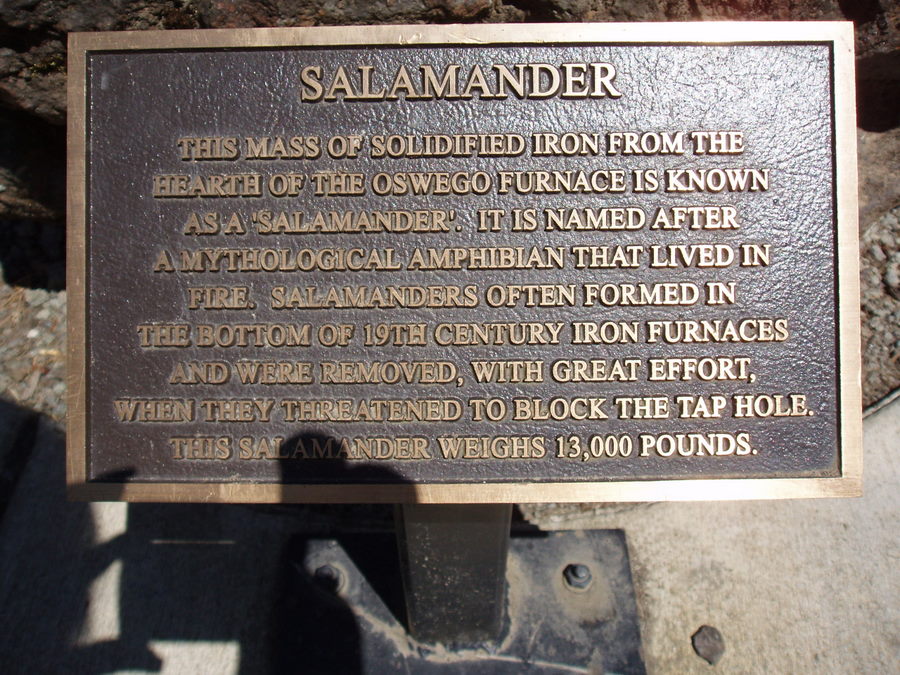


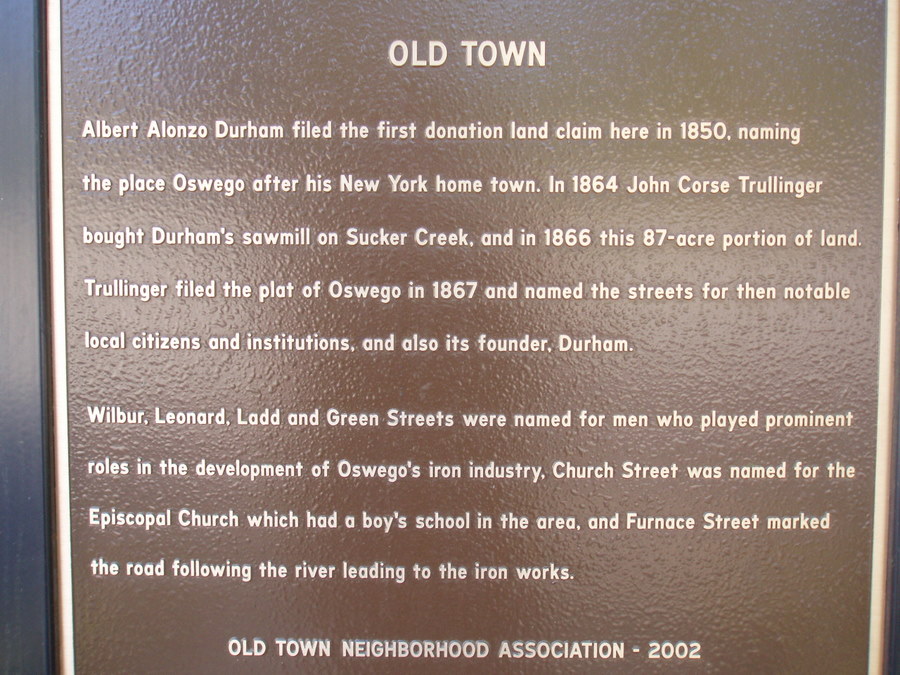
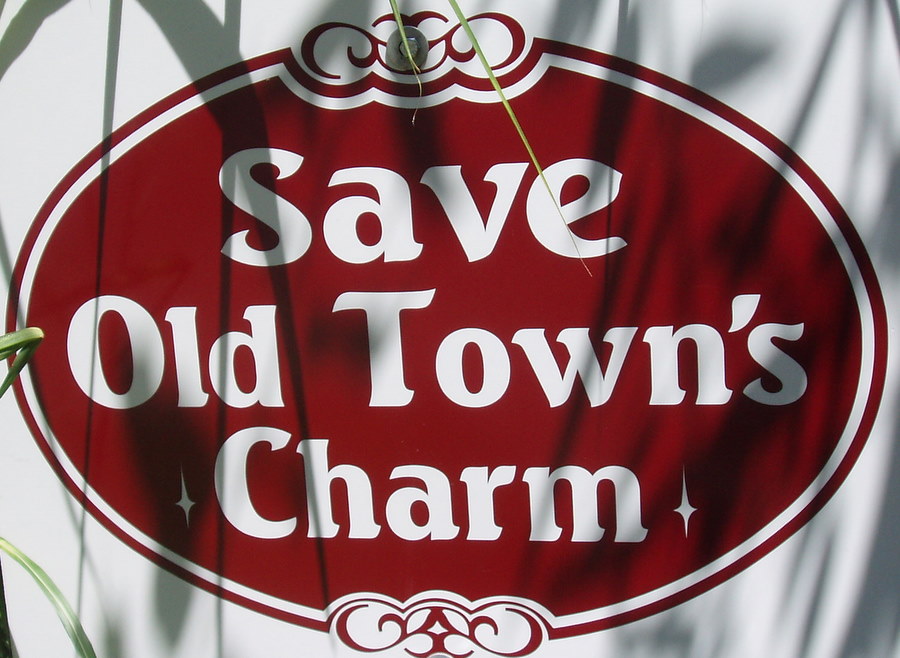




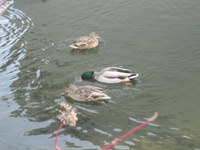 According to Kelley Woodwick at Chicago Title, there is good news for sellers, in that flood insurance contracts may be transferred to new buyers at grandfathered rates and zones. Again, check the city’s new maps before June 18th to acquire information on the grandfathered areas… after the 18th, I am told that the information will most likely be removed from the website.
According to Kelley Woodwick at Chicago Title, there is good news for sellers, in that flood insurance contracts may be transferred to new buyers at grandfathered rates and zones. Again, check the city’s new maps before June 18th to acquire information on the grandfathered areas… after the 18th, I am told that the information will most likely be removed from the website.  Yes, our blog has an unusual name. It’s based upon a local phenomenon that we’d like to help you to understand.
Yes, our blog has an unusual name. It’s based upon a local phenomenon that we’d like to help you to understand. If Lake Oswego is anything, it is a place where quality of life is an essential part of decision-making and planning. People tend to move here to take advantage of the excellent school system, and to become involved in a tightly knit community of individuals who really want to safeguard a set of values that ensures the livability of the community.
If Lake Oswego is anything, it is a place where quality of life is an essential part of decision-making and planning. People tend to move here to take advantage of the excellent school system, and to become involved in a tightly knit community of individuals who really want to safeguard a set of values that ensures the livability of the community.  Oswego Lake is a 405-acre lake around which the City of Lake Oswego has grown.
Oswego Lake is a 405-acre lake around which the City of Lake Oswego has grown.